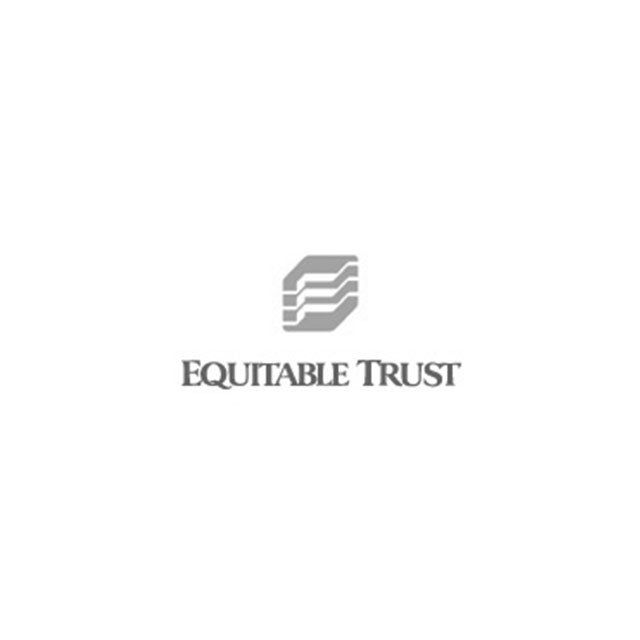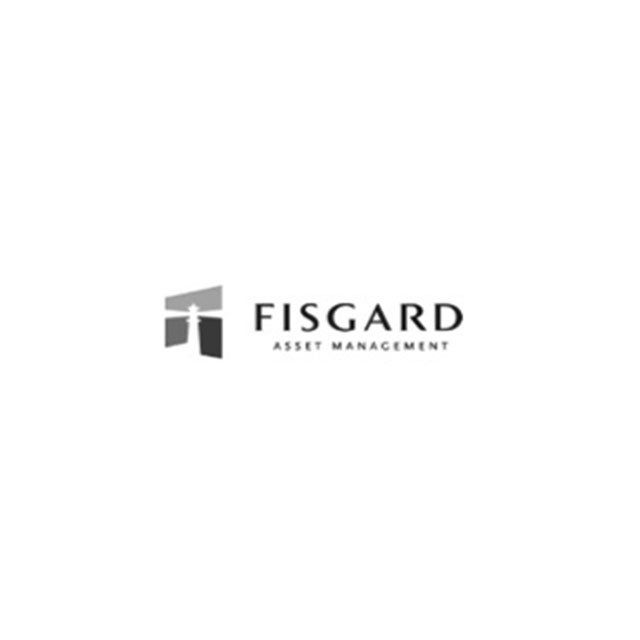Welcome to Plan My Mortgage
by Katherine Martin
You Plan Your Home, I'll Plan Your Mortgage.
Katherine Martin
Hi, I’m Katherine, thanks for visiting my website. If you are looking for someone to help you arrange mortgage financing, look no further, I would love to help you plan your mortgage.
A little bit about me… I was born and raised in Montreal and after attending Concordia University I moved out west to Vancouver. Honestly, I have never looked back, I absolutely love it here. I spent 8 years in the mutual fund industry before starting my career as a mortgage broker in 2004. In 2005 I was voted “Rookie of the Year” and over the next 10+ years I have enjoyed helping my clients plan for the biggest investments of their lives!
I have a wonderful husband (I say wonderful because he truly is wonderful) and two children (who are also wonderful, but I didn’t want to sound too repetitive!), I have a career that inspires me and I live in one of the most beautiful cities in the world! Life is good!
Mortgage Services
Home Purchase
If you are looking to purchase a property, understanding all the mortgage options available to you can seem overwhelming. That’s where I come in; I do this everyday and I love it. I will help you make sense of all the numbers and provide you with options that make sense to you and arrange the mortgage that suits your goals!
Preapproval
Professional Clients
Refinance
Are you looking to access some of the equity built up in your property? Maybe you want to consolidate some debts, start a new business, buy a vacation or investment property or travel the world… regardless, I can discuss all your mortgage refinancing options with you!
Renewal
Contact Me Anytime!
Lenders
I have developed excellent relationships with lenders across the country; let's figure out which one has the best product for you.
Mortgage Blog
This is the main education hub on my website, have a look around, let me know if you have questions!



















